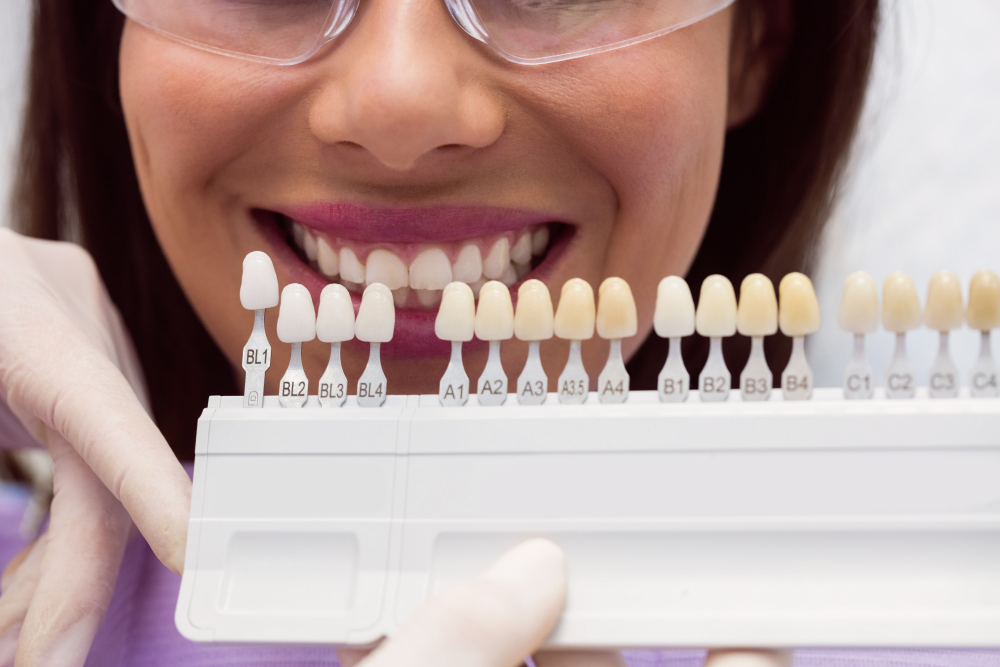
12 May Types Of Dental Composites
 They consist of a mixture of resin and filler particles, which are blended together to create a strong and durable restoration.Types of dental composites, in this article, we will discuss the different types of dental composites that are available.
They consist of a mixture of resin and filler particles, which are blended together to create a strong and durable restoration.Types of dental composites, in this article, we will discuss the different types of dental composites that are available.
- Microfill composites, are made up of small, fine particles that give them a smooth and glossy appearance. They are used for small restorations and for veneers.
- Hybrid composites, combination of microfill and macrofill composites. They have the advantages of both types, providing both strength and a smooth finish.
- Nanofill composites, made up of tiny, nano-sized particles. They provide excellent strength and durability and are often used for larger restorations.
- Bulk-fill composites, designed to be placed in thicker layers, making them ideal for larger restorations. They are easy to use and can save time during the restoration process.
- Flowable composites, have a lower viscosity than other types of composites, making them easier to flow and adapt to the tooth surface. They are often used in difficult-to-reach areas and for small restorations.
- Giomer Composites, newer types of dental composites the advantages of glass-ionomer and resin composites. They release fluoride, making them ideal for patients at risk of developing cavities.
In conclusion, part of modern dentistry, providing a durable and natural-looking restoration for patients. With a variety of types available, dentists can choose the right composite for each individual patient, ensuring the best possible outcome.
 Advantages Of Dental Composite Types
Advantages Of Dental Composite Types
Each type of composite has its own unique properties and advantages, making it suitable for different clinical situations. Dentists must consider factors such as the size of the restoration, the location of the tooth, and the patient’s aesthetic preferences when choosing which type of composite to use.
One of the primary advantages of is that they can be color-matched to the natural shade of the patient’s teeth, creating a seamless and natural-looking restoration. This is particularly important for restorations in visible areas of the mouth, such as the front teeth.
Types of dental composites, also bond to the tooth structure, providing additional strength and support. This helps to prevent further damage or decay and can extend the life of the restoration.
Areas Of Use
In addition to their use in restorative dentistry, dental composites are also used for cosmetic procedures such as bonding and veneers. They can be shaped and sculpted to create a desired shape or contour, improving the appearance of the teeth and enhancing the patient’s smile.
Overall, dental composites are a versatile and effective dental material that can be used for a variety of clinical situations. With continued advancements in technology and materials, the future of types of dental composites looks bright, providing even better outcomes for patients in need of dental restorations.
